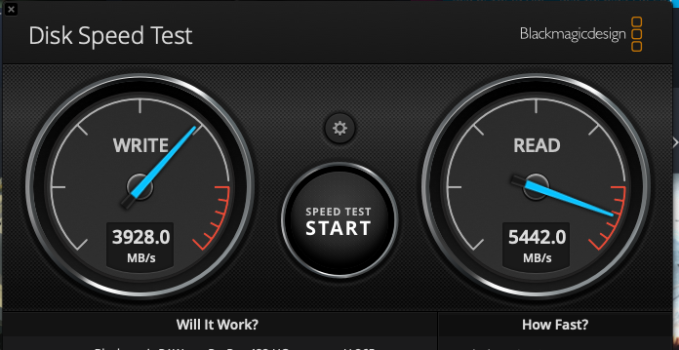My impression is that Apple did not cut the SSD speed. What they did was substitute one SSD chip for the two SSDs they had M1 product. If you pay the Apple tax for increased storage (this adds another SSD chip) then you get the speed. It is faster to write to two SSDs than to one.
...which is why, when building a system which has two SSD controller channels, you should put two smaller SSD chips rather than one large one, so that you use all of the available bandwidth. Same as, in the good old days of DIY RAM upgrades in iMacs, the advice was to install RAM modules in pairs. Only fitting one chip for some minor marginal cost saving is just unnecessary penny-pinching on an expensive, high-profit-margin computer (esp. in the case of the 13" MacBook Pro which wasn't even an 'entry level' system).
Slower SSD is slower, however you rationalise it.
Surely they must still be making an enormous number of 128 GB (and smaller) chips for smart phones.
...but not necessarily the exact same chips used for laptops (the iFixit teardown doesn't specify the chip type in the M2 Air). Or, if they are the same chips, the iPhone would probably have got priority if there was a supply squeeze. The smaller chips don't have to be unavailable - just creeping up in price as production starts to wind down so that 1 x 256GB becomes a bit cheaper than 2x128GB.
Anyway, using the same 256GB chips as the 512GB model meant Apple could order a
lot more 256GB chips and probably negotiate a lower price. Electronic component prices do tend to go down with quantity unless there's a shortage.
We don't know the
exact reason - but it was probably for a fairly small cost saving, and is really a symptom of Apple putting off the dreaded (for them) day when they have to make the base spec 512GB (like most other $1000+ premium ultra-portable laptops not made by Microsoft).




